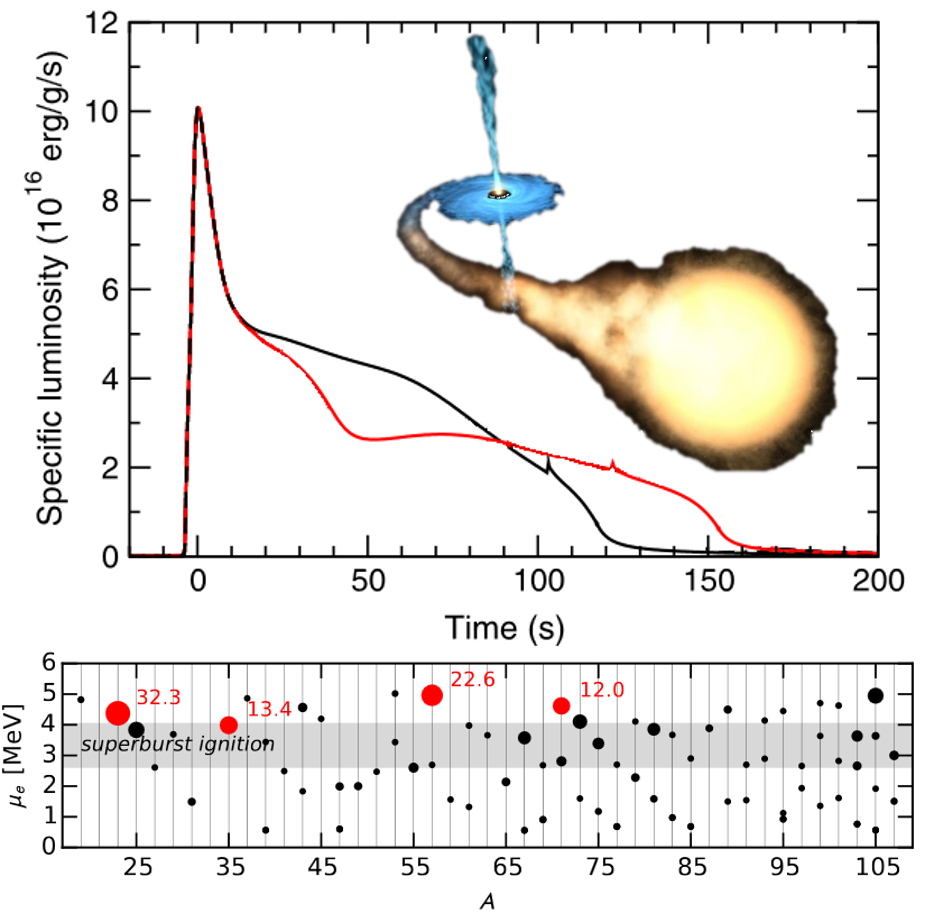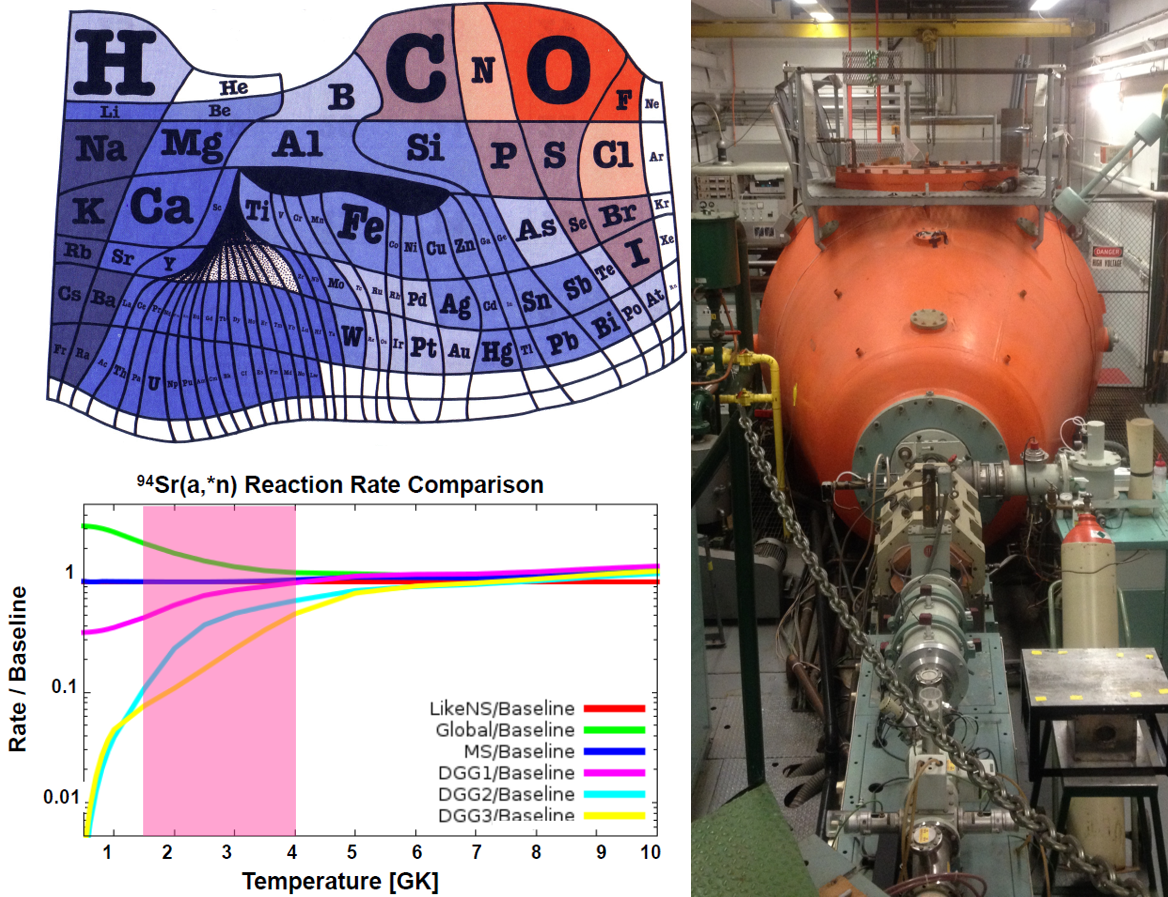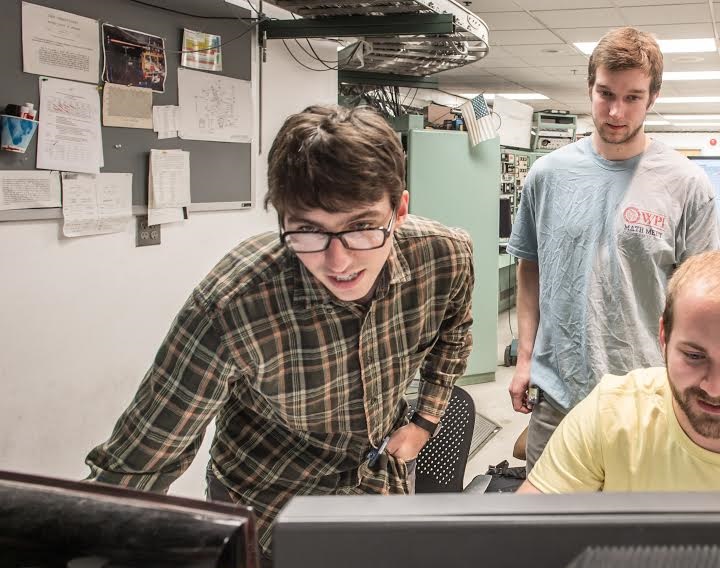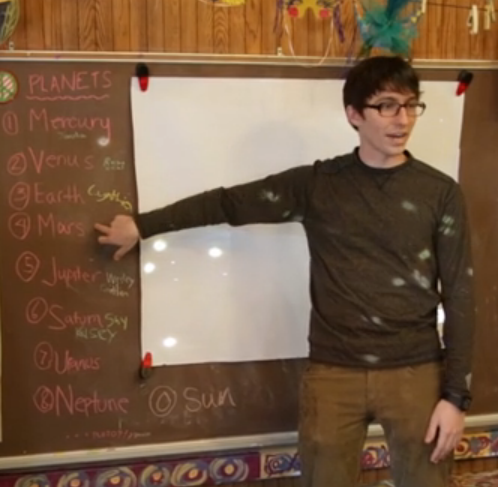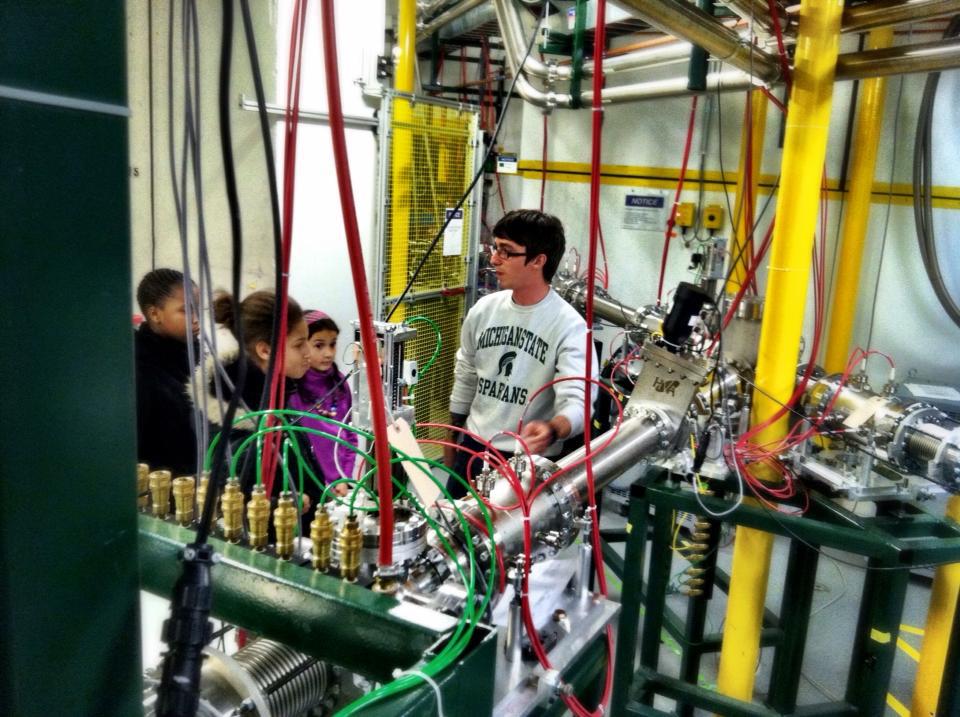About Me
I was Director of the Edwards Accelerator Laboratory and an Associate Professor in the Department of Physics and Astronomy at Ohio University. My research was primarily in the field of nuclear astrophysics.
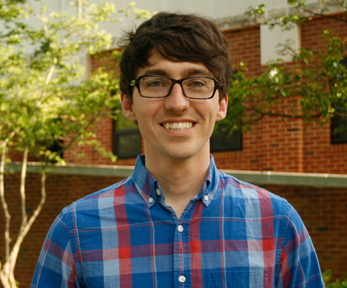
Brief Bio:
My primary research foci were the origin of the elements and the nuclear physics of transient phenomena involving compact stellar objects. I also investigated the structural evolution of nuclei, nuclear reactions for intermediate mass nuclides, and the development of nuclear instrumentation and analysis techniques. My primary research methods were low-energy nuclear physics experiments with stable and radioactive ion beams, coupled with astrophysics model calculations using open-source software. I briefly describe my work in general terms in this video and in a public lecture you can find here. I was a member of the Institute of Nuclear and Particle Physics and was affiliated with the Joint Institute for Nuclear Astrophysics and International Research Network for Nuclear Astrophysics.
I taught undergraduate and graduate courses in the Physics and Astronomy Department at Ohio University, as well as participated in science outreach events as a lecturer.
